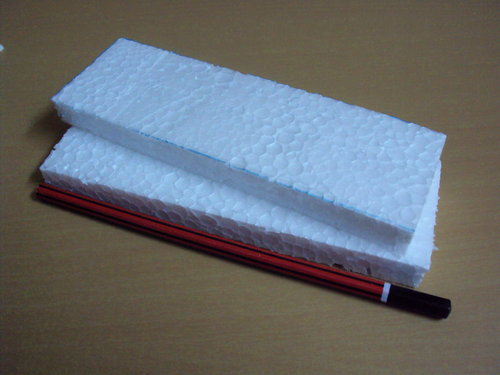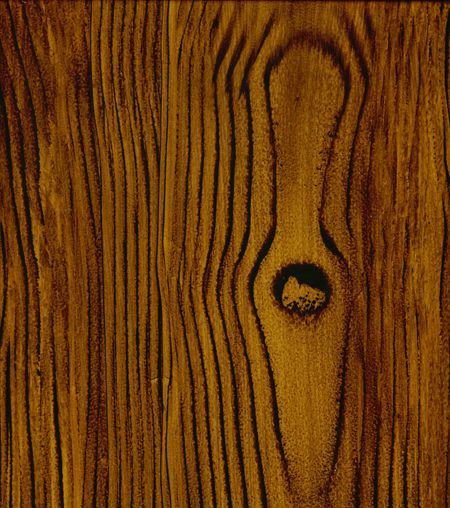Let us get introduced, first, to a class of materials which are highly directional in nature. What does directional mean? Let me give an example. Imagine that you have a sheet of thermocol in your hand. Try to pull the sheet apart—if it’s thin enough, you probably can. Does it matter in what direction you hold the sheet of thermocol? Top-bottom versus left-right? Of course it doesn’t. This is an example of a material that is not directional—it responds in identical fashion, whichever direction you choose to interact with it in.

Thermocol Sheets. (Source)
Now consider a log of wood. Have you seen pieces of wood closely? Have you noticed the striations that seem to run along the length of long pieces or logs of wood? Those are natural fibers present in the wood, and they provide the wood extremely high strength on the direction of the fibers. It’s pretty hard to cut wood across those fibers, and wherever possible, wood is cut along those striations.

Wood Grain. (Source)
Wood, then, is an example of a material that’s directional—its response to external effects (such as a saw cutting through it) differs along different directions. That brings us to our first set of technical terms: isotropy and anisotropy. The thermocol sheet (or Aluminum, or Steel, or most other metals) is not directional—it’s isotropic. Wood is directional—and is anisotropic.
Why is this important? Because composite materials gain significance in large part because they’re anisotropic! Which means, they’re strong in one direction; not-so-strong in another. Plus, they can be engineered to be strong in any direction you want!